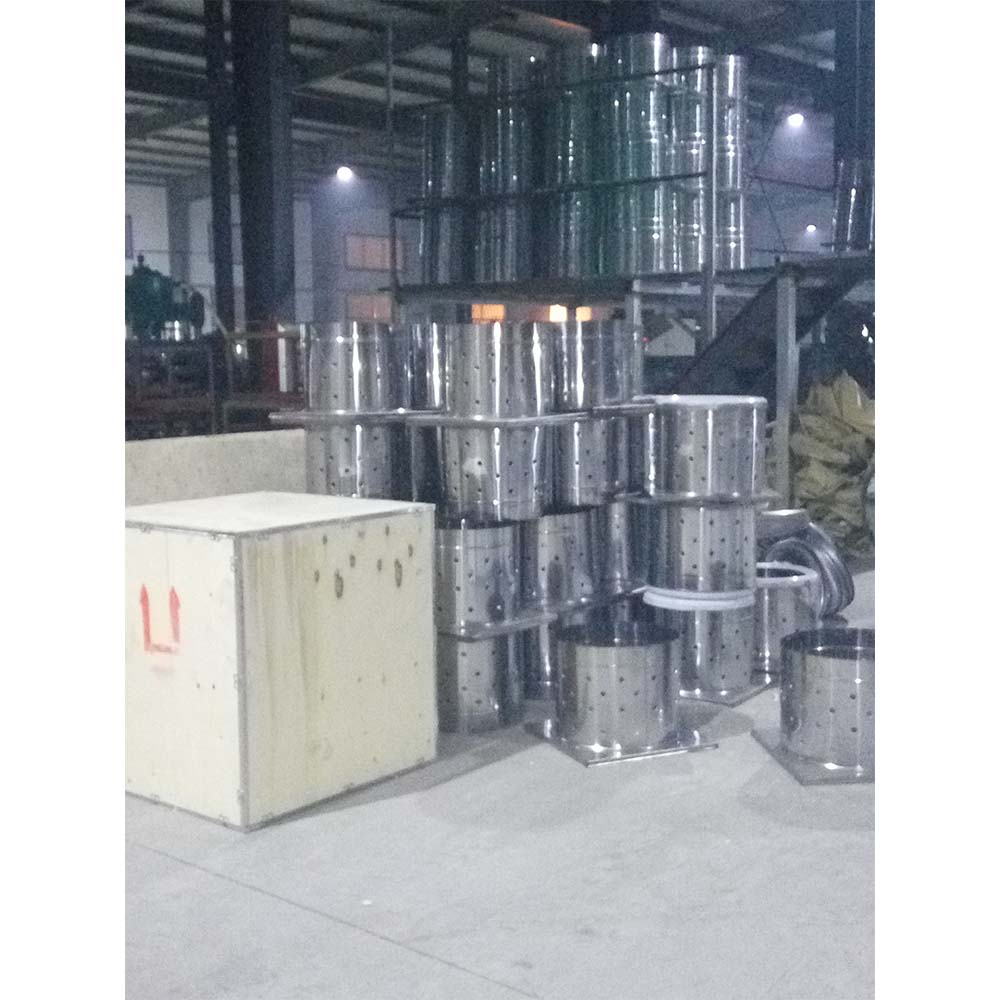chicken cage feeder
Dec . 20, 2024 20:57 Back to list
chicken cage feeder
The Importance of Chicken Cage Feeders in Poultry Farming
In the realm of poultry farming, chicken health and productivity are paramount. One of the key components that contribute to the well-being of chickens is the feeder system used in their housing. Among the various feeding solutions available, chicken cage feeders stand out as an efficient and effective choice for providing nutrition to poultry. This article delves into the significance, types, and benefits of chicken cage feeders, highlighting their critical role in modern poultry farming.
Understanding Chicken Cage Feeders
Chicken cage feeders are specially designed feeding systems that are often used in commercial poultry operations. They are typically installed in battery cages or other confined housing settings where chickens are kept. These feeders are engineered to ensure that chickens have easy access to food while minimizing waste and preventing contamination. The design of the feeders can vary, including trough-style, pan, and automatic feeders, each tailored to meet the specific needs of different poultry systems.
Types of Chicken Cage Feeders
1. Trough Feeders These are simple feeders where feed is placed in a long trough. They are effective for small flocks but can lead to feed waste if not monitored.
2. Pan Feeders Commonly used in cage systems, these feeders allow chickens to peck at the feed from a shallow dish. They are designed to limit waste and can be adjusted to suit the age and size of the birds.
3. Automatic Feeders These sophisticated feeders are designed to dispense feed automatically at set intervals. They are highly efficient for large-scale poultry operations, ensuring a consistent supply of feed while reducing labor costs.
4. Nipple Drinkers with Feeders Many modern feeding systems integrate nipple drinkers, providing chickens with a continuous supply of water alongside their feed. This combination promotes better health and hydration, which are crucial for growth and egg production.
chicken cage feeder

Benefits of Chicken Cage Feeders
1. Reduced Waste One of the most significant advantages of using cage feeders is the reduction in feed waste. Unlike traditional feeding methods, cage feeders minimize spillage and contamination, leading to more efficient feed utilization.
2. Hygiene and Biosecurity Chicken cage feeders can be cleaned easily, which is vital for maintaining good hygiene in poultry farms. A clean feeding environment helps reduce the risk of diseases that can negatively affect chicken health and productivity.
3. Improved Growth Rates Efficient feeding systems promote better growth rates in chickens. When chickens have consistent access to nutrition, they can grow more uniformly, leading to higher yields in meat production and improved egg-laying performance.
4. Labor Efficiency Automatic feeding systems save time and labor costs. Farmers can focus on other vital aspects of poultry management, knowing that their chickens are receiving the right amount of feed at regular intervals.
5. Customizable Feeding Programs Many modern cage feeders allow farmers to customize feeding programs based on the specific nutritional needs of their flock, adjusting for factors such as age, weight, and production goals. This flexibility ensures that poultry receive balanced nutrition throughout their lifecycle.
Conclusion
In conclusion, chicken cage feeders serve as an essential tool in poultry farming, enhancing the health, productivity, and efficiency of chicken production. By minimizing waste, ensuring hygiene, and improving nutritional delivery, these feeders contribute significantly to the overall success of poultry operations. As the industry continues to evolve and innovate, the role of effective feeding systems like chicken cage feeders will remain critical in meeting the growing global demand for poultry products. In adopting advanced feeding technologies, farmers can secure a sustainable and profitable future in poultry farming.
-
Automatic Feeding Line System-Pan Feeder Nipple Drinker|Anping County Yize Metal Products Co., Ltd.
NewsJul.29,2025
-
Hot Sale 24 & 18 Door Rabbit Cages - Premium Breeding Solutions
NewsJul.25,2025
-
Automatic Feeding Line System Pan Feeder Nipple Drinker - Anping County Yize Metal Products Co., Ltd.
NewsJul.21,2025
-
Automatic Feeding Line System Pan Feeder Nipple Drinker - Anping County Yize Metal Products Co., Ltd.
NewsJul.21,2025
-
Automatic Feeding Line System - Anping Yize | Precision & Nipple
NewsJul.21,2025
-
Automatic Feeding Line System - Anping Yize | Precision & Nipple
NewsJul.21,2025






